
8 Patio Extension Ideas for Outdoor Living
A larger backyard entertaining space doesn't mean starting from scratch. Enlarge your current setup with these inspiring patio extension ideas.
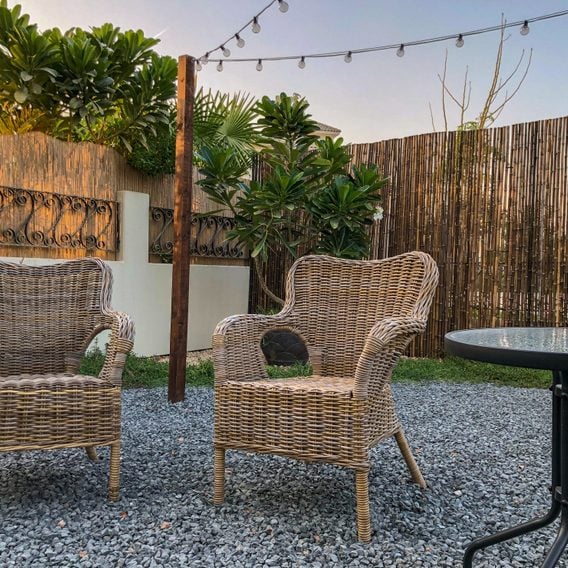
10 Gravel Landscaping Ideas for Your Patio
Get inspired by these versatile gravel patio ideas that will help you create an outdoor entertaining space on a budget.

Create Your Own Backyard Oasis Just Like the Ones on ‘The Outdoor Show’
Every backyard needs a shady place to relax.

Tips for Deck Railing Repair
Here's how to fix a loose outdoor railing in a jiffy.
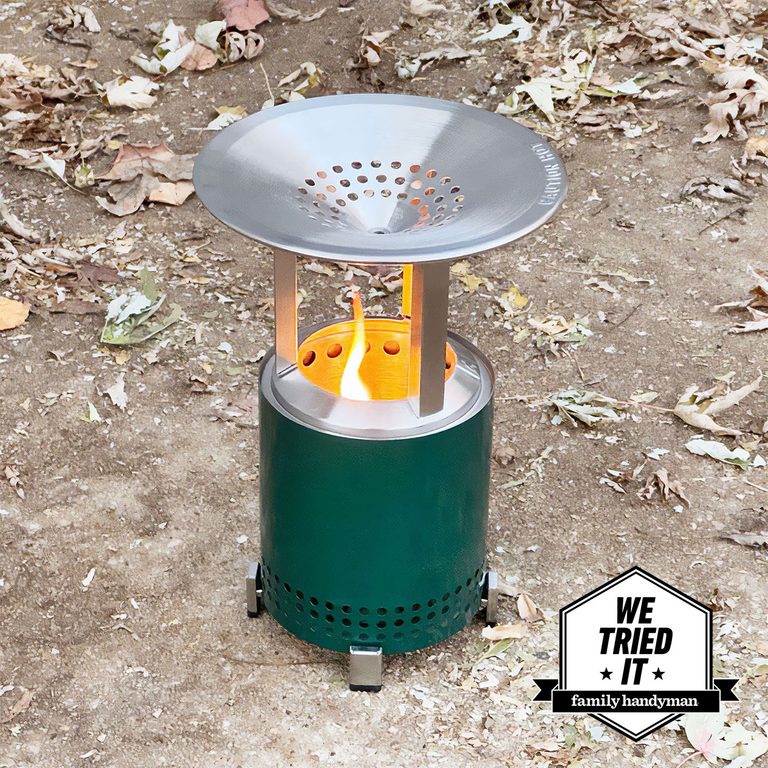
Solo Stove’s New Mesa Heat Deflector Increases Your Fire Pit’s Heating Radius
Solo Stove’s all-new Mesa heat deflector keeps everyone warm around the outdoor table. Best of all? It takes...

15 Gorgeous Deck and Patio Ideas You Can DIY
Stop dreaming about your perfect deck or patio and start planning. Take a look at some of our favorite projects,...

I Tried the Solo Stove Chair, and It’s Now My Favorite Seat Around the Fire Pit
Our favorite fire pit brand now makes an Adirondack chair, and we tested it to see if the...

How To Clean Patio Pavers Without a Pressure Washer
Are your patio pavers looking dull and dirty? Learn how to clean them safely by hand, with tips from our...

Save Deck Space With These 10 Patio Storage Ideas
Short of space on your deck? Check out these fabulous space-saving patio storage solutions.
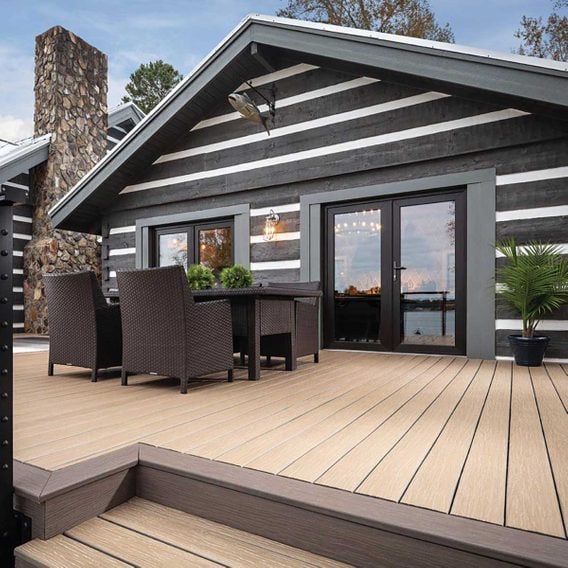
How to Choose the Right Composite Decking Color
Composite decking comes in an array of colors, so choosing a shade that complements your home can be a challenge....
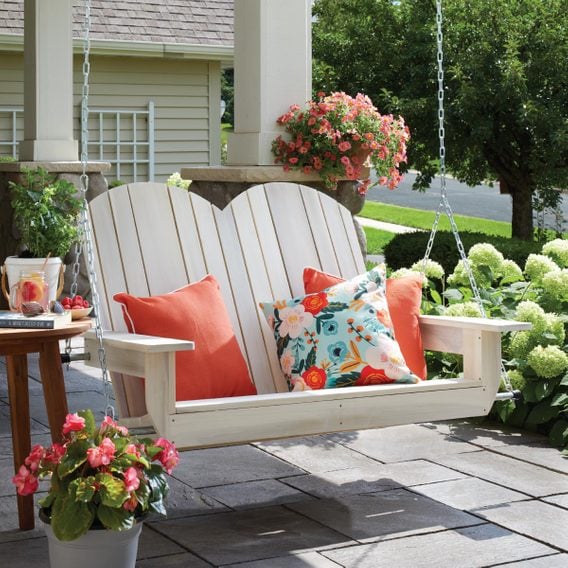
How to Build a Porch Swing
Build a cozy haven to escape everyday hustle and bustle with these porch swing plans.
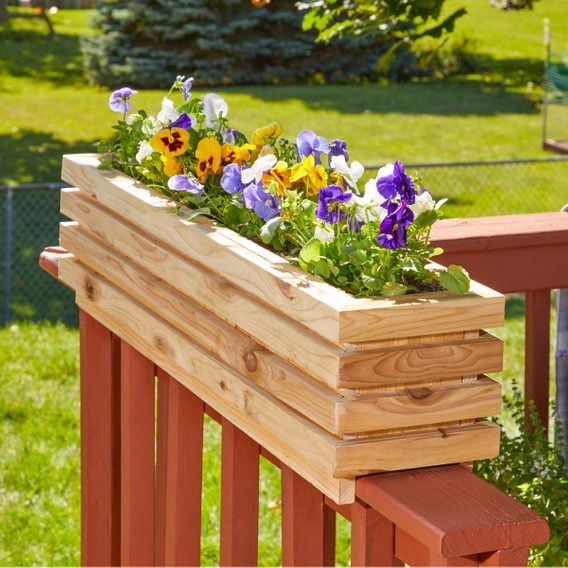
How To Build a Planter Box for Your Deck Railing
Add a little greenery to your outdoor refuge with this easy-to-build planter box that sits on the railing.

Can You Put a Hot Tub on a Deck?
Decide if your deck is the right spot for a new hot tub with help from industry experts.

How To Build a DIY Patio Table
Looking to enhance your deck or patio? This low-maintenance DIY patio table is a great place to begin.

How To Hang a Porch Swing
Want to swing your afternoon away in the warm breeze? Here's how to set up your porch swing in no...

Does the Viral Paper Bag Wasp Deterrent Trick Really Work?
Here's what experts really think about the popular TikTok hack.

A Quality Outdoor TV Under $900? Prepare for an Upgraded Patio Space
This Element outdoor TV turns your deck into the entertainment area of your dreams—all on a budget.

What Is Furniture Grade PVC and How Do You Make Patio Furniture With It?
Make your own outdoor chairs, tables, chaise lounges and more from high-quality, exterior-grade PVC. Create PVC pipe patio furniture in...

6 Deck Building Tips to Help You Perfect the Details
When you're building a deck, the details matter.

How To Hang a Shade Sail
A shade sail can turn a sun-baked yard or patio into a comfy outdoor hangout. Here's how to hang one...

A Guide for Building Your Own Backyard Basketball Court
A DIY backyard basketball court will make your house the most popular place on the block. Here's what you need...

This Highly Rated At-Home Sauna Is 50% Off
Turn any bathroom or porch into a spa with the easy-to-install Almost Heaven sauna—it's on sale!

13 Amazon Outdoor Rugs That Bring Your Patio to Life
Spruce up your patio or deck with outdoor rugs that are functional and attractive—and found on Amazon

Here’s How To Drain a Hot Tub
Time to change your hot tub water? Before you pull the plug, check out our step-by-step guide.
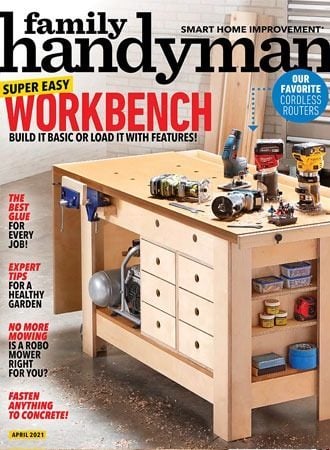

How to Dig Postholes
The easiest and most accurate way to dig deep footings with a posthole digger.

What’s the Best Sanitizer for Your Hot Tub, Bromine or Chlorine?
We'll examine the pros and cons of bromine vs. chlorine, and help you choose the right product for your home...

Here’s How to Lower the Alkalinity in a Hot Tub
High alkalinity in a hot tub can cause short- and long-term damage and limit your enjoyment of your tub. Here's...

6 Best Inflatable Hot Tub Picks for Ultimate Relaxation
Wind down after a long, hard day with the best inflatable hot tub for your deck, patio or backyard.

10 Hot Tub Covers to Keep Your Oasis Clean and Safe From the Elements
Keep your spa water hot, clean and safe with a properly fitted hot tub cover.

Wayfair’s Anniversary Sale Is Here! Shop HUGE Savings on Home Must-Haves
The Wayfair Anniversary Sale is the place to score dining sets, outdoor seating, pretty planters and pizza ovens. Pick up...
